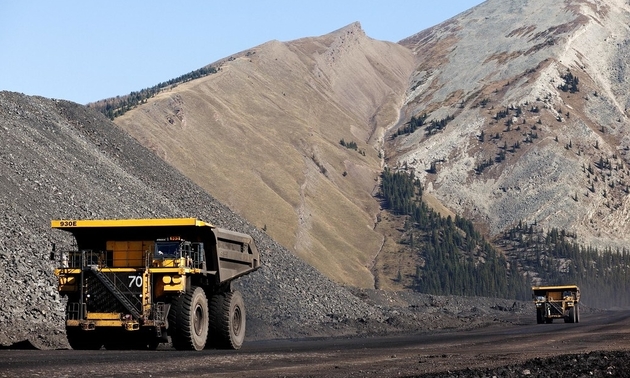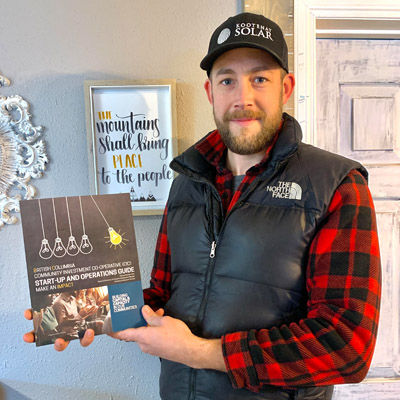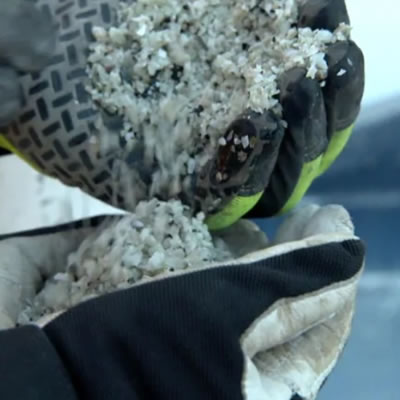Mining is a high-tech industry
A look at high-tech mining in the Kootenays

Current photo of Fording River Operations. — Photo courtesy Teck
May was Mining Month in British Columbia, an important time to recognize the contribution of the industry in communities across B.C., particularly in the Kootenays, which has supported British Columbia’s mining sector for generations, including Teck Resources’ steelmaking coal mines.
The Kootenays are home to 60 companies, five in Kimberley and 55 in Sparwood, that supplied more than $270 million worth of goods and services to 13 major operating mines in 2017. Provincewide, B.C.’s mining industry relied on more than $1.35 billion worth of goods and services from 3,000 mining suppliers located in 125 municipalities and Indigenous communities. These 13 mines are responsible for supporting economic activity throughout the Kootenays—economic activity that is critical to thousands of business owners, workers and their families in communities across B.C.
Over 30,000 British Columbians are employed directly or indirectly by the B.C. mining industry, many in the Kootenays. Of note, the average annual pay for a worker in the mining industry exceeds $115,000—higher than forestry, manufacturing, finance or construction. Jobs in the mining sector continue to be more diverse, higher skilled and better compensated, due in part to the increasing role that technology plays in the sector.
British Columbians have every reason to be proud of our province’s high-tech mining industry for the key role it plays in our economy, and its contribution in advancing our collective role in the global transition to a lower-carbon economy. As Canada’s largest producer of copper and steelmaking coal, our mines help provide the copper for electric cars and the steelmaking coal required to build green infrastructure like wind turbines. Thanks to B.C.’s abundant clean energy, our copper and steelmaking coal are produced with some of the lowest GHG emissions in the world.
British Columbia’s miners have long been innovators and today’s mines are no exception. Technology is enabling our mines to use less, conserve more, and increase the safety and productivity of our operations. B.C. mining companies are using autonomous vehicles and sensors to keep workers out of hazardous environments, reduce carbon emissions and increase operational effectiveness by utilizing highly engineered technology, applications and artificial intelligence that ensure B.C.’s modern mines are digitally connected and optimized. Drone technology is being used to provide real-time aerial footage for mine site maintenance, monitoring and emergency response, while at the same time GPS technology is supporting precision drilling. Furthermore, consultation with communities and Indigenous nations is being enhanced with virtual reality by allowing the 3-D visualization of mine sites.
While the story of B.C.’s growing high-tech sector is also a story about mining, it is important not to lose sight that mining industry needs a clear, consistent and coordinated regulatory framework that supports industry innovation and investment. The Mining Association of British Columbia (MABC) continues to work with government, local and Indigenous communities and labour to improve our province’s competitiveness and attractiveness as a world class mining jurisdiction. B.C. is built on mining and MABC is dedicated to ensuring that communities throughout the Kootenays continue to benefit from a sustainable and growing mining industry, as they have for generations.
Since 1901, the Mining Association of British Columbia has been the voice and advocate for B.C.'s mining industry.




